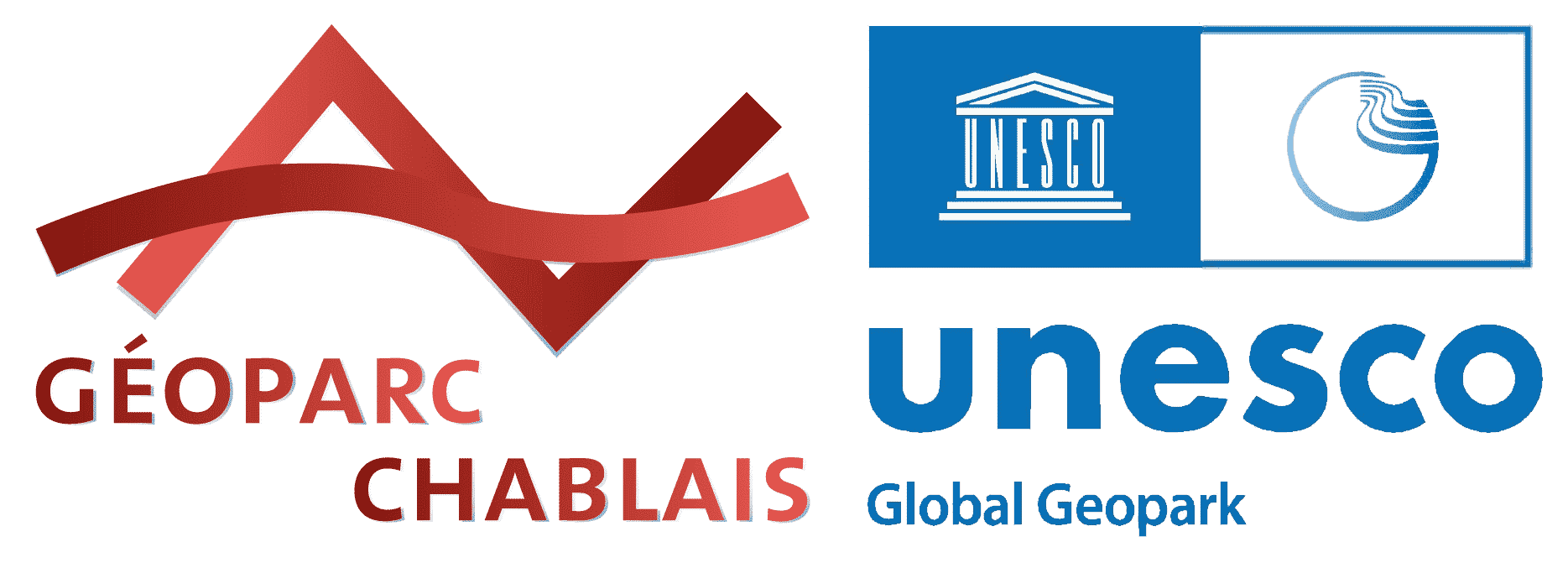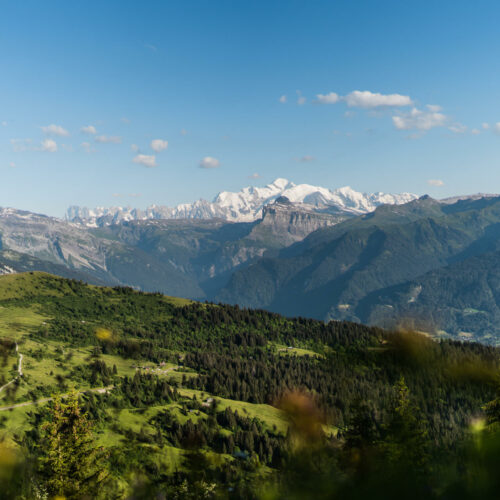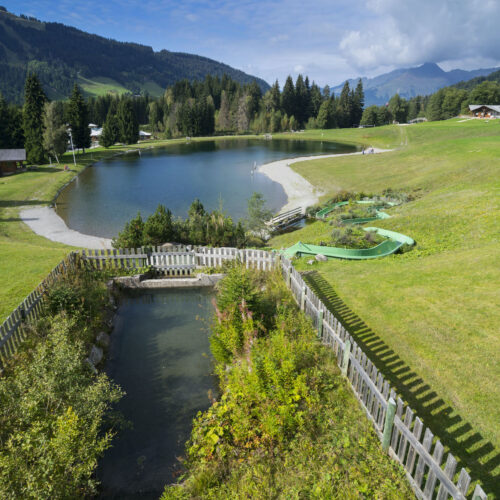The environment, an important concern in the mountains
By adopting an eco-tourism approach to all its activities, Les Gets is affirming its commitment to the principles of sustainable development. The aim is to ensure that not only our clients, but also local businesses, shopkeepers and accommodation providers are aware of the fragility of the local environment. We give great importance to raising awareness of the importance of protecting the area for the future.
Since 2012, Les Gets has been awarded the UNESCO Chablais Geopark label thanks to the presence of peat bogs in the area, which play a very important role in our ecosystem.
Welcome to the Chablais UNESCO Global Geopark

Les Gets is part of the Chablais, designated as UNESCO Global Geopark.
The Chablais stretches from the southern shore of Lake Leman right up to the summits of the Portes
du Soleil. From amazing Earth science to human endeavors, the identity of the Chablais has been shaped over thousands of years. In our story, the geology has played the leading role. It is expressed through magnificient landscapes, remarkable cultural sites, high quality local produces as well as through stories and legends.
Chablais Geopark offer you the keys to unlock and immerse yourself in this wealth, and to understand the strength of the ties between man and nature. 21 iconic and easily accessible sites reveal the secrets of its rich heritage.
The Georoute circuit is an important part of the Geopark. It is a walking route linking 20 of the most interesting geological sites where visitors can learn about the geology specific to the region, as they walk. Les Gets, with its Tourbieres, is a site with a rich geological identity.
UNESCO Global Geoparks are areas recognised by UNESCO for their geological heritage of international value and their commitment to conservation, education and local economic development.
The UNESCO Global Geopark missions
The Chablais Geopark participates in the construction of the identity and image of the Chablais region through five main actions:
1) Identify, protect, and preserve various types of heritage
It is important to fully understand an area’s geoheritage in order to protect it. Geological formations are the foundation of all ecosystems and human interactions with all landscapes.
2) Education, information, and awareness-raising
Geoparks seek to raise awareness of the connections between this geological heritage and all other aspects of natural, cultural, and intangible heritage.
3) Geotourism
Geoparks contribute to the local and sustainable economic development of their area by promoting responsible tourism.
4) Cooperation
Networking lies at the heart of the Geopark’s mission, and is based on cooperation from the local to the international level.
5) Sustainable development
Each UNESCO Global Geopark takes a sustainable development approach that supports local communities.



